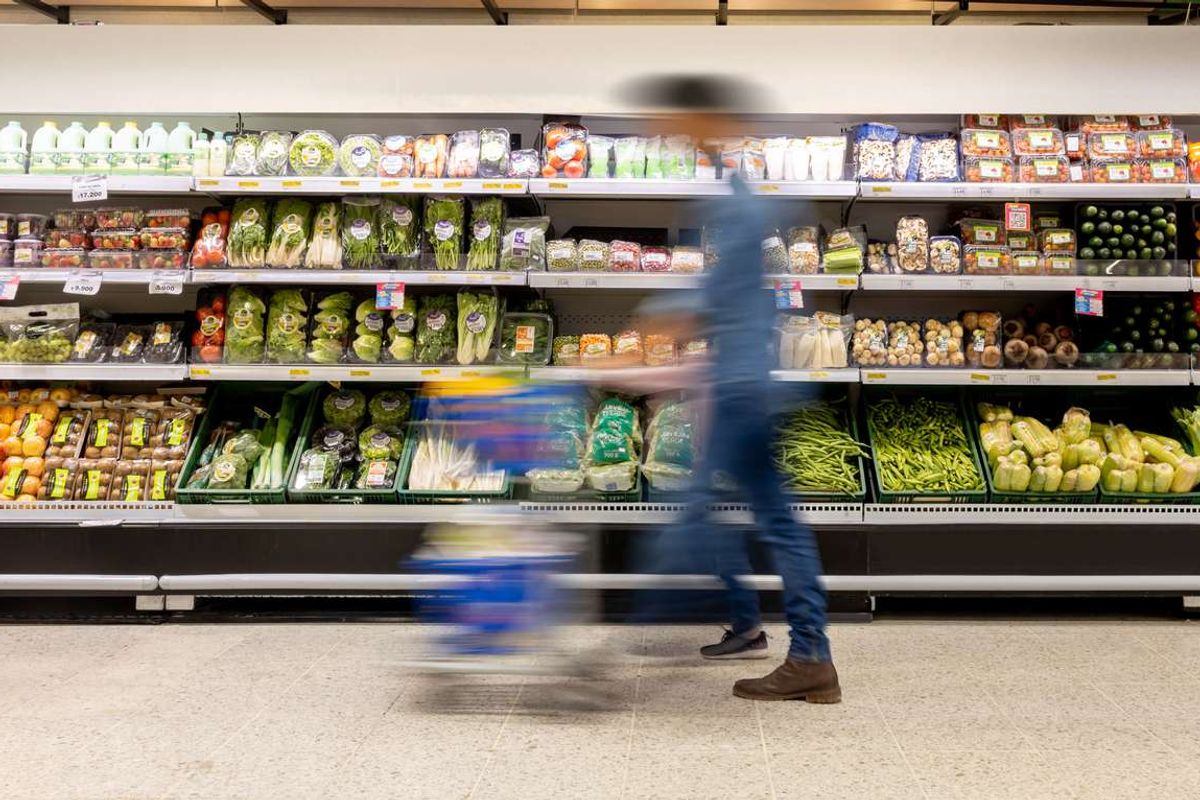Symbol and independent retailers saw a 1.1 per cent rise in sales in the 12 weeks to 5 October 2025, according to the latest data from Worldpanel by Numerator, as overall grocery spending across the UK grew by 4.1 per cent year-on-year over the four-week period.
The modest uptick for the independent and symbol sector comes as the market continues to feel the effects of rising grocery price inflation, which hit 5.2 per cent in September – matching the level last seen in July.
“Households are juggling a lot of different things when choosing what and where to buy their groceries,” said Fraser McKevitt, head of retail and consumer insight at Worldpanel. “Inevitably, cost will be up towards the top of the list as price rises accelerate. Spending on offers has hit its highest level since April at 29.4 per cent, as consumers hunt for deals to ease the burden on their wallets.”
Promotional activity is expected to remain strong in the coming months as retailers prepare for the festive trading period. However, retailers also face changing shopper behaviour following the new HFSS rules in England, which took effect in October and restrict multibuy promotions on high-fat, salt, and sugar products.
McKevitt noted that retailers have been preparing for this shift for some time. “Three years ago, 28 per cent of promotional spending on crisps was through multibuy offers but it’s come right down to just 8 per cent in the month to 5 October,” he said. “There's a similar story in the cereal aisle … down from 18 per cent to 5 per cent.”
Beyond price, shoppers are also weighing sustainability concerns, though they remain cautious about paying more for greener products. Half of British consumers now say environmental issues pose a critical threat to humanity, yet only 9 per cent are willing to pay extra for sustainable items. More than half would, however, accept plainer packaging or bring their own containers if it meant products were better for the environment.
Meanwhile, online grocery sales surged 12.0 per cent year-on-year, accounting for 12.7 per cent of total grocery spend – the highest level since March 2022. Ocado led growth among the major players with a 13.6 per cent sales rise, taking its market share to 2.0 per cent, while Lidl posted 10.8 per cent growth, pushing its share to 8.2 per cent.
Tesco remained the standout performer among the traditional multiples, increasing sales by 6.9 per cent and gaining 0.7 percentage points in market share to reach 28.3 per cent. Sainsbury’s grew sales by 5.2 per cent, while Aldi maintained its 10.6 per cent share with 4.3 per cent growth.
Elsewhere, Co-op’s market share slipped to 5.4 per cent as sales fell 2.3 per cent, and Asda saw a 3.2 per cent decline, taking its share to 11.8 per cent. Waitrose and Iceland both posted modest gains of 3.7 per cent and 4.5 per cent respectively.


